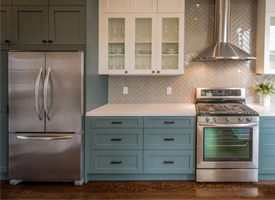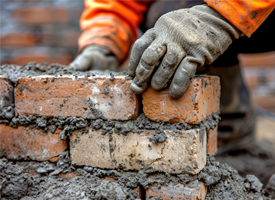✕

End to End Renovation Solutions for your Home
 High Quality Material
High Quality Material
 In House Team of Experts
In House Team of Experts
 On Time Completion
On Time Completion
 Dedicated Engineer & Project Team
Dedicated Engineer & Project Team
 Warrant
Warrant
 Cost Transparency
Cost Transparency

GET FREE QUOTE

GET FREE QUOTE

GET FREE QUOTE

GET FREE QUOTE

GET FREE QUOTE

GET FREE QUOTE

GET FREE QUOTE

GET FREE QUOTE

GET FREE QUOTE
Installing diagonal floor or wall tiles is only slightly more complicated than installing a standard grid-style layout. It won’t take more than a weekend to install a professional-looking floor using a few simple techniques. The trick is in spending a little more time and effort while measuring and marking the chalk lines before you begin installation. Diagonal tile patterns require more measuring and cutting around the perimeter of the room as well. Once you have everything measured, marked and cut, installation of the tiles is a cinch.
Installing diagonal floor or wall tiles is only slightly more complicated than installing a standard grid-style layout. It won’t take more than a weekend to install a professional-looking floor using a few simple techniques. The trick is in spending a little more time and effort while measuring and marking the chalk lines before you begin installation. Diagonal tile patterns require more measuring and cutting around the perimeter of the room as well. Once you have everything measured, marked and cut, installation of the tiles is a cinch.
✕

End to End Renovation Solutions for your Home
 High Quality Material
High Quality Material
 In House Team of Experts
In House Team of Experts
 On Time Completion
On Time Completion
 Dedicated Engineer & Project Team
Dedicated Engineer & Project Team
 Warrant
Warrant
 Cost Transparency
Cost Transparency

GET FREE QUOTE

GET FREE QUOTE

GET FREE QUOTE

GET FREE QUOTE

GET FREE QUOTE

GET FREE QUOTE

GET FREE QUOTE

GET FREE QUOTE

GET FREE QUOTE


How to Start Diagonal Tile Pattern on Floor?
Fatima
✔In Progress
👁353
Views
June 28, 2022
2022-06-28T17:32:40+00:00 2022-06-28T17:32:42+00:00Comment
2
Answers
Home Renovation
Share